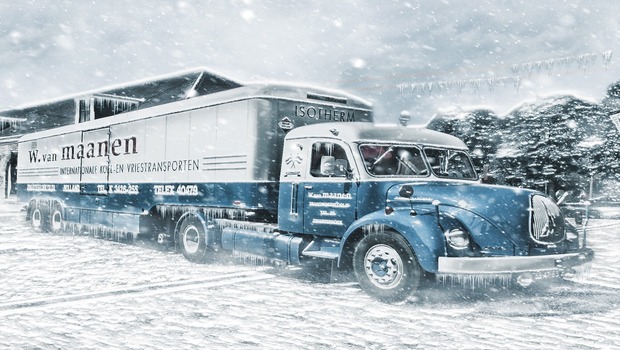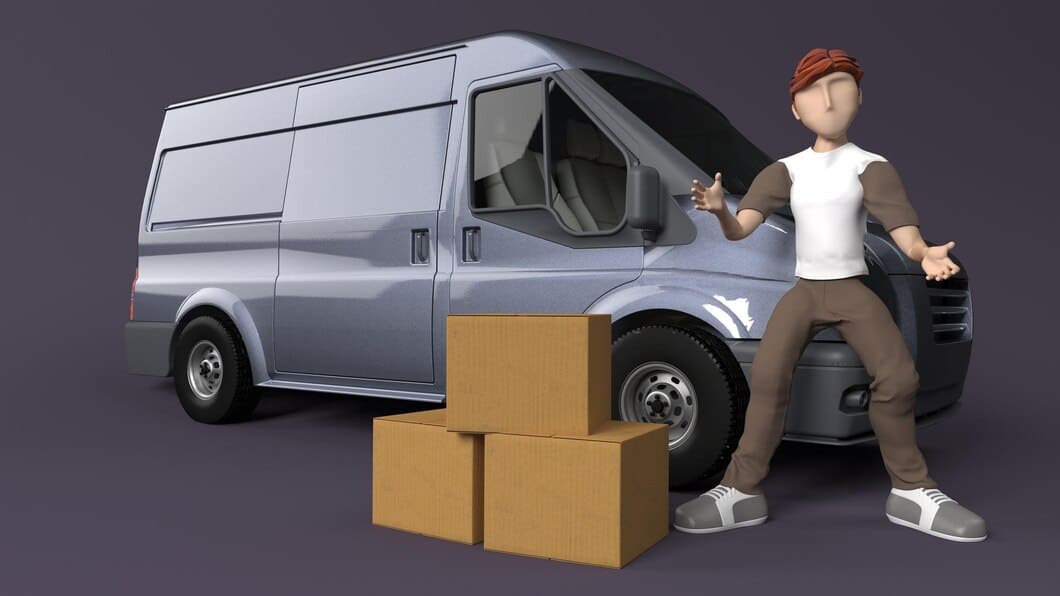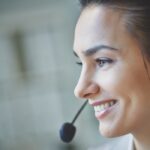

September 5, 2024

3769 Views

5 min read
CDL vs. Non-CDL Car Hauling – Why You Need a CDL
Page Contents
Car hauling plays a crucial role in the transportation industry, moving vehicles between manufacturers, dealerships, auction houses, and buyers. As demand for this service grows, so does the need for qualified drivers. Interestingly, this industry is divided into two main categories: jobs requiring a Commercial Driver’s License (CDL) and those that don’t.
These two licenses come with different legal requirements and responsibilities. So, understanding the distinction between CDL and non-CDL car hauling is crucial for anyone looking to expand their transportation business.
Key Differences
As you discover the differences between CDL and non-CDL car hauling, you’ll find opportunities to significantly improve your earning potential. Here are some key differences:
Legal Requirements for CDL and Non-CDL
The main difference between CDL and non-CDL car hauling is the legal requirements set by federal and state laws. A Commercial Driver’s License is a specialized license required to operate certain types of commercial motor vehicles (CMVs). The Federal Motor Carrier Safety Administration (FMCSA) establishes the guidelines for when a CDL is necessary.
For non-CDL car hauling, drivers typically only need a standard driver’s license. This allows them to operate vehicles with a Gross Vehicle Weight Rating (GVWR) of less than 26,001 pounds. However, a CDL becomes mandatory when the GVWR exceeds this threshold or the vehicle is designed to transport 16 or more passengers (including the driver).
Types of Vehicles and Loads Each Can Handle
Non-CDL car haulers are limited to smaller vehicles and lighter loads. Typically, these include:
- Flatbed trailers capable of hauling 1-3 vehicles
- Small enclosed trailers
- Tow trucks for single-vehicle transport
On the other hand, CDL holders can operate a wider range of vehicles, including:
- Multi-car carriers capable of transporting 5-10 vehicles
- Large enclosed trailers
- Semi-trucks with specialized car-hauling trailers
- Heavy-duty tow trucks and wreckers
With this capability, CDL holders can take on more diverse hauling jobs.

Benefits and Limitations of Each Option
Non-CDL car hauling offers a lower barrier to entry, making it easier for individuals to start in the industry. It requires less training and typically involves lower operating costs. However, vehicle size and load capacity limitations can restrict earning potential and job opportunities.
CDL car hauling, while requiring more initial investment in time and training, opens up a world of possibilities. CDL holders can take on higher-paying jobs, work with a broader range of clients, and have more flexibility in the vehicles they can transport.
Why Obtain a CDL?
While non-CDL car hauling has its place in the industry, obtaining a Commercial Driver’s License has several more benefits. Learn why obtaining a CDL is crucial for your car hauling business.
Expanded Opportunities and Higher Income Potential
Obtaining a CDL significantly expands job opportunities. With a CDL, you’re not limited to local or small-scale operations. Instead, you can work for large transportation companies or auto manufacturers or even start a business that can handle substantial contracts. The increased skill set and responsibility that comes with a CDL also translate to higher earning potential.
Ability to Haul Larger Loads and Operate More Vehicles
A CDL lets you drive vehicles that carry larger loads per trip. This makes you more efficient and valuable to employers and clients. You can handle multi-car carriers or special equipment for luxury cars, which sets you apart in the industry.
Compliance with Federal and State Regulations
Obtaining a CDL ensures you always comply with federal and state regulations when operating commercial vehicles. This compliance is crucial for avoiding penalties and maintaining a clean driving record, leading to better job opportunities. The training for a CDL also provides valuable knowledge about safety regulations, proper vehicle operation, and industry best practices.
Steps to Obtain a CDL
Now that we’ve explored the benefits of having a CDL for car hauling let’s dive into the steps to obtain one. The journey begins with understanding the basic requirements and eligibility criteria set forth by federal and state regulations.

Requirements and Eligibility Criteria
Certain standard criteria must be met regardless of where you obtain your CDL. These typically include:
- Age requirement: 21+ for interstate driving, 18+ for intrastate driving
- For Class A or B CDL: Complete training from FMCSA-approved providers
- Submit the CDL application and pay the fee
- Provide: Identity verification, Social Security number, Proof of state and US residency
- Submit medical forms: Medical Examination Report, Medical Examiner’s Certificate
- Pass vision test
- Pass knowledge exam
- Pay fees for new CDL
- Obtain a Commercial Learner’s Permit (CLP)
- Wait 14 days minimum
- Schedule and pass the CDL road skills exam: Pre-trip inspection, Road skills and driving test (bring your vehicle)
While it is optional, you may also be required to submit a 10-year record if you are previously licensed in another state.
Training and Education Programs
First-time Class A or B CDL applicants must complete entry-level driver training from a registered provider before taking the test. After completion, the training provider electronically submits certification to the Training Provider Registry. It’s important to note that some states may have additional requirements beyond the Federal training standards.
Testing and Certification Process
To obtain a CDL permit, you must first pass a written test. For a Class A CDL, you must complete three testing components: a road test, vehicle inspection, and backing test. The exact requirements for these tests differ by state. For specific information about obtaining a CDL in your state, it’s best to contact your local DMV or the FMCSA.
Conclusion
Obtaining a CDL for car hauling can significantly boost your long-term career journey. While non-CDL jobs offer easier entry, a CDL provides greater long-term benefits despite the initial time and resource investment. With a CDL, you’ll access more job opportunities, higher income potential, and the ability to handle a wider range of vehicles.
To get started, research local training and education programs, check eligibility requirements, and prepare for written and skills tests. The process typically takes several weeks to a few months.
Sign up for Exclusive Trucking Tips
Test







